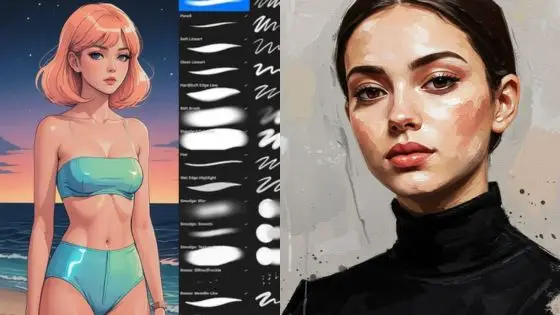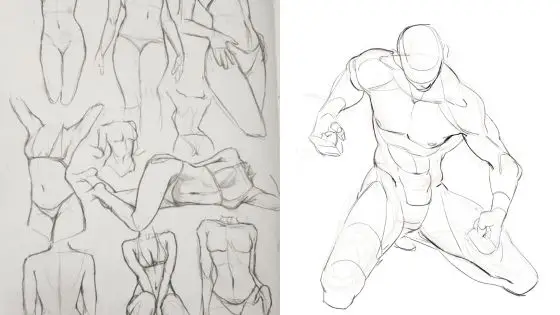Art enriches life and offers countless ways to express creativity. From traditional mediums to digital platforms, artistic expression continues to evolve and adapt to modern times.
You can easily master five distinct art forms without extensive training or expensive materials. These accessible creative outlets allow you to explore different techniques and discover which artistic style resonates with your personal preferences.
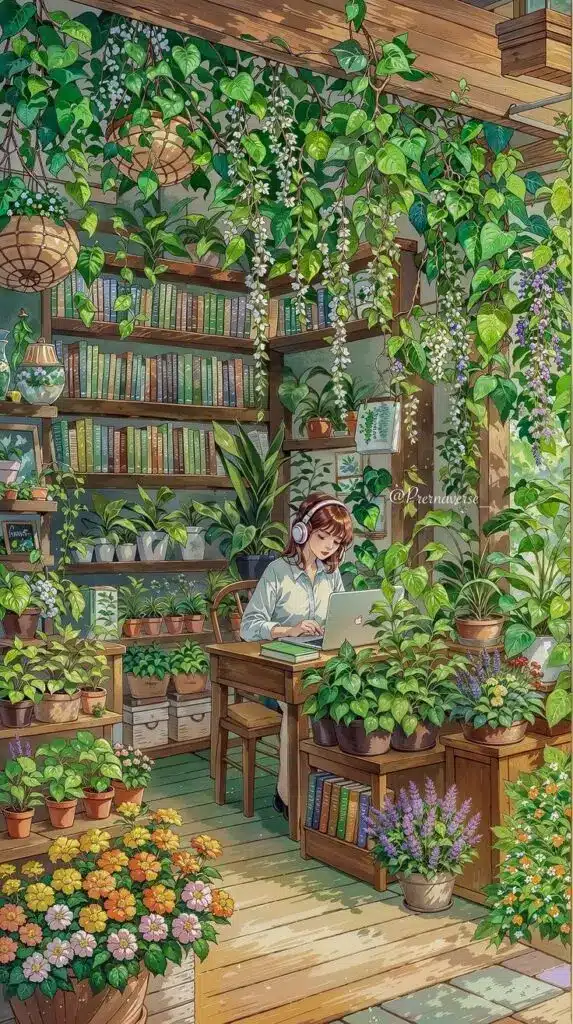
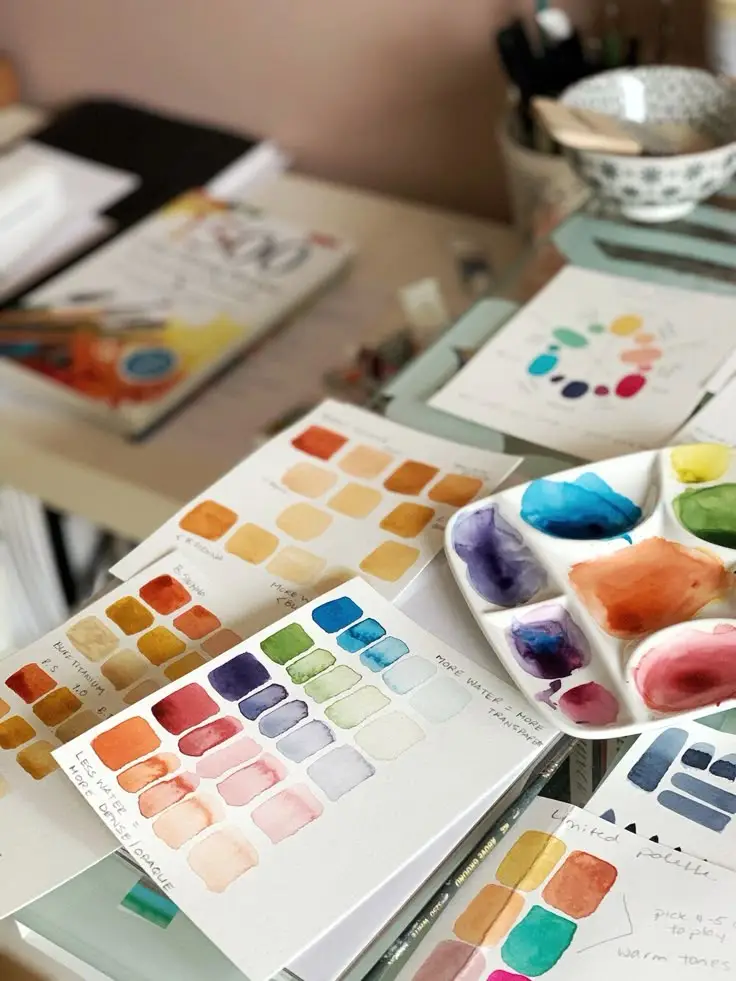
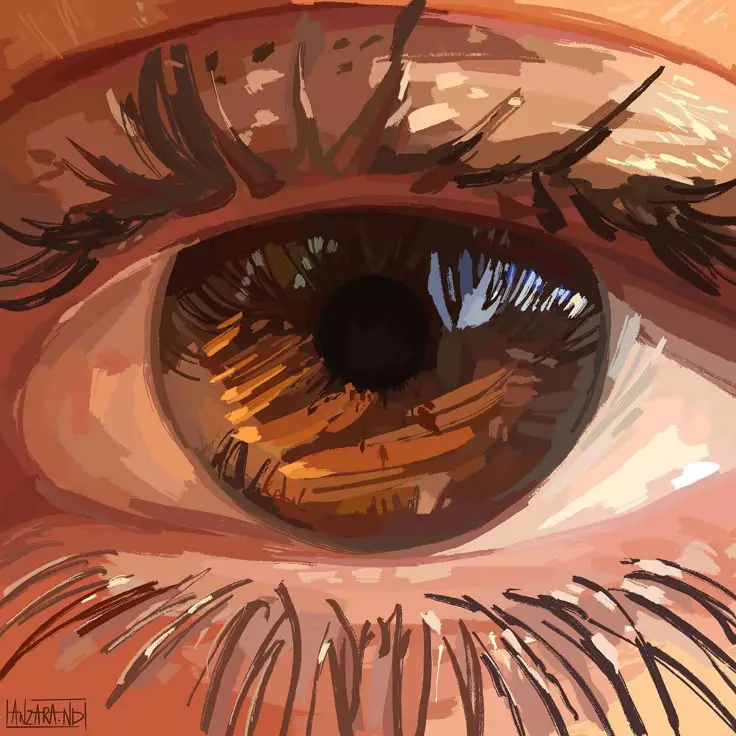
1) Watercolor Painting
Watercolor painting offers a gentle entry point into the art world. You’ll need basic supplies: watercolor paints, paper, brushes, and water.
Start by wetting your brush and mixing colors on a palette. Watercolors work best when you apply light layers, building up the intensity gradually.
You can create beautiful effects by letting colors blend naturally on wet paper. This technique, called wet-on-wet, produces soft edges and organic shapes.
Try starting with simple subjects like flowers or landscapes. The transparent nature of watercolors makes them perfect for capturing skies, water, and delicate objects.
Keep paper towels handy to lift color or blot excess water. Your paintings will develop more depth as you learn to control the water-to-paint ratio.
Practice basic brush strokes by varying pressure and speed. Light touches create thin lines, while more pressure produces broader strokes.
Remember that white spaces are crucial in watercolor painting. The untouched paper provides highlights and creates contrast in your artwork.


2) Charcoal Sketching
Charcoal sketching offers you a versatile and expressive form of art that creates dramatic black and white drawings. You can start with basic vine charcoal sticks, which are perfect for beginners due to their soft texture and easy erasability.
Your essential tools include charcoal sticks, a kneaded eraser, and rough textured paper. The paper’s texture helps the charcoal grip better and creates interesting effects in your artwork.
Begin by holding your charcoal stick at different angles to create varied line thicknesses. You can use the side of the stick for shading large areas and the tip for fine details.
Simple subjects like fruit, leaves, or basic geometric shapes work well for practicing charcoal techniques. You can create different tones by adjusting your pressure on the charcoal and using your eraser to add highlights.
Keep a paper towel nearby to protect your work from smudging. You can also use your fingers or a blending stump to smooth out areas and create gradual transitions between light and dark values.
Spray fixative helps preserve your finished charcoal drawings and prevents smudging. Apply it in a well-ventilated area when you’re satisfied with your artwork.


3) Digital Illustration
Digital illustration combines traditional art principles with modern technology, letting you create artwork directly on computers or tablets. A drawing tablet and stylus serve as your digital canvas and brush.
Popular software like Adobe Photoshop, Procreate, and Clip Studio Paint offer extensive tools for creating digital art. These programs provide layers, brushes, and effects that you can use to build complex illustrations.
You can start with basic sketching tools and gradually experiment with more advanced features. Digital art allows you to easily undo mistakes and make adjustments without starting over.
The ability to work in layers gives you precise control over different elements of your artwork. You can modify colors, add textures, and refine details independently.
Digital illustration is portable and requires minimal physical storage space. Your entire art studio fits in a tablet or laptop, making it convenient for creating art anywhere.
Learning digital illustration takes practice, but many free online tutorials can help you master the basics. Starting with simple shapes and basic tools will build your confidence as you develop your skills.
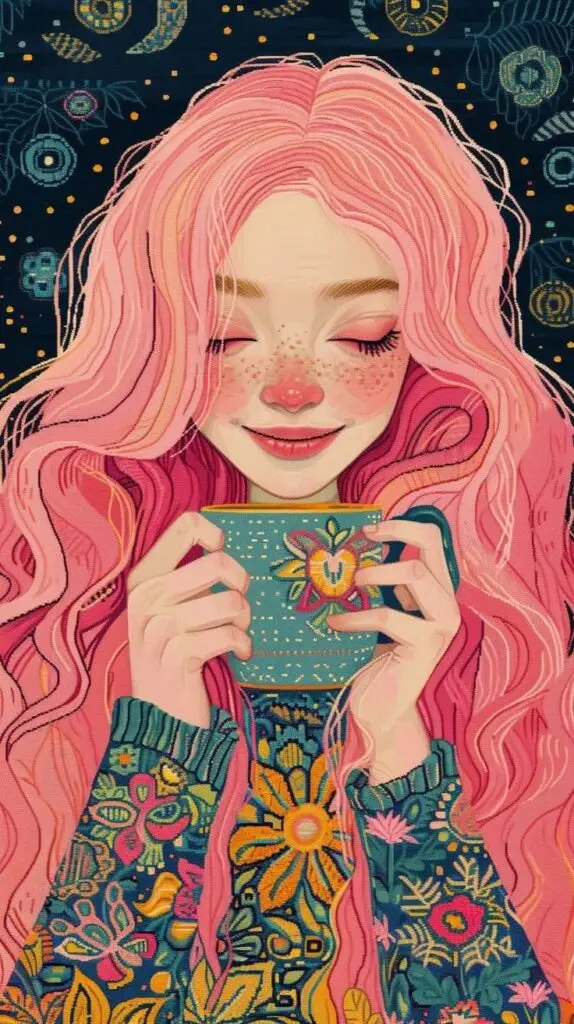
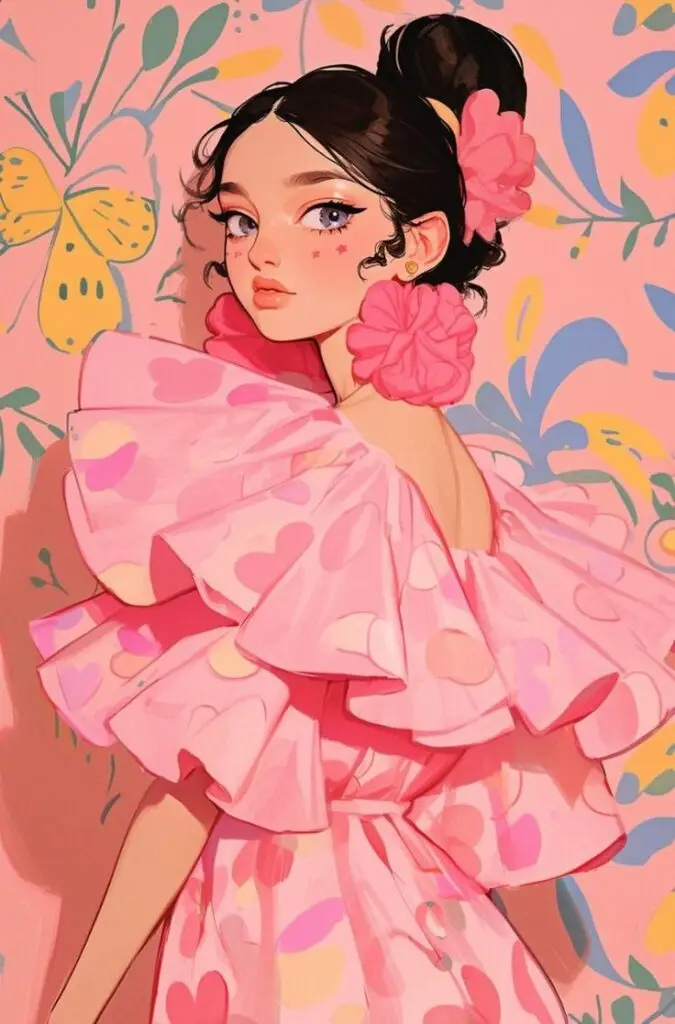
4) Sculpture Crafting
Sculpture crafting lets you transform raw materials into three-dimensional artworks. You can start with simple materials like clay, wire, or even recycled items.
Clay sculpting is perfect for beginners. You can easily shape it with your hands and basic tools, creating anything from small figurines to decorative bowls.
Wire sculpture offers a unique way to create linear art. By bending and twisting wire, you can form basic shapes or complex figures that appear to float in space.
Paper mache provides an affordable entry point into sculpture. Mix paper strips with paste to build lightweight forms that you can paint after they dry.
Salt dough serves as another beginner-friendly option. Mix flour, salt, and water to create a moldable material that hardens when baked.
Your sculptures don’t need complex tools to start. Basic items like wooden sticks, plastic knives, and your hands work well for most beginner projects.
Start with small projects to build confidence. A simple animal figure or abstract shape helps you learn basic techniques without feeling overwhelmed.

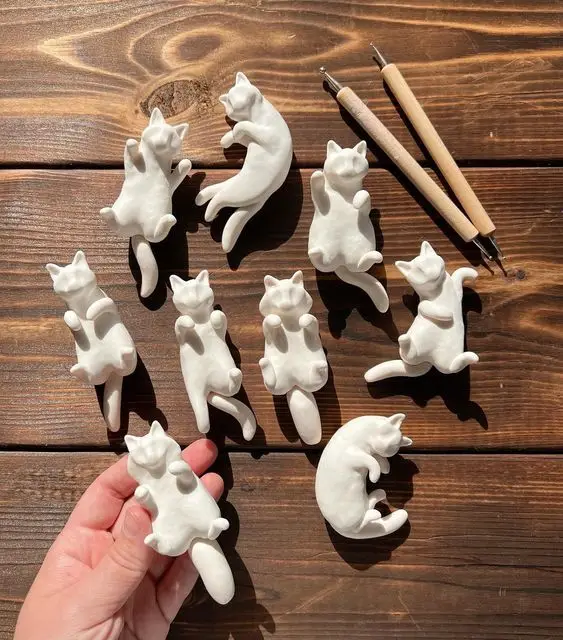
5) Acrylic Pouring
Acrylic pouring is a modern art technique where you pour multiple colors of fluid acrylic paint onto a canvas to create unique abstract patterns. You can start with basic supplies: acrylic paints, pouring medium, canvas, and cups for mixing.
Mix each paint color with a pouring medium to achieve the right consistency. The paint should flow like honey – not too thick or too thin. You can test the consistency by lifting your stirring stick and watching how the paint drips.
Several pouring techniques are available for you to try. The flip cup method involves layering paints in a cup and turning it upside down on the canvas. The dirty pour combines multiple colors in one cup before pouring, while the string pull uses a coated string to create patterns.
After pouring, tilt your canvas to spread the paint and create cells – distinctive patterns that form when colors interact. You can enhance cell formation by adding a few drops of silicone oil to your paint mixtures.
Let your artwork dry for 24-48 hours in a level, dust-free area. The drying process is crucial for preserving the patterns you’ve created.


Understanding Different Art Styles
Art styles shape how creators express themselves through specific techniques, materials, and visual elements that define different artistic movements and approaches.
Defining Art Styles
Art styles represent distinct sets of visual characteristics and techniques that artists use to create their work. These characteristics include color choices, brush strokes, composition methods, and subject matter preferences.
Each style follows specific rules and patterns that make it recognizable. Impressionism uses visible brushstrokes and focuses on light effects, while Minimalism strips artwork down to essential elements.
You can identify art styles through their unique features. Abstract art abandons realistic representation, whereas Realism aims to depict subjects exactly as they appear.
Historical Contexts
Art styles emerge from specific time periods and cultural movements. The Renaissance (14th-17th centuries) brought perspective and anatomical accuracy to European art.
Modern art movements developed in response to social changes and technological advances. The Industrial Revolution sparked new approaches like Cubism and Futurism.
Different cultures maintain their own artistic traditions. Japanese woodblock prints influenced European Impressionists, showing how art styles cross geographical boundaries.
Regional variations within each style reflect local materials and cultural values. You’ll find unique interpretations of similar styles across different countries and time periods.
The Impact of Art on Society
Art shapes cultural identity and drives meaningful social change through visual expression, storytelling, and emotional connection.
Cultural Influence
Art preserves cultural heritage by capturing traditions, beliefs, and values across generations. Your local museums showcase artifacts that tell stories of past civilizations and their ways of life.
Visual art, music, and dance strengthen community bonds and create shared experiences. When you visit cultural festivals, you’ll witness how art brings people together through shared appreciation and participation.
Different art forms reflect unique cultural perspectives and foster cross-cultural understanding. Through art exhibitions and performances, you can learn about diverse traditions and viewpoints from around the world.
Social Change Through Art
Artists often challenge social norms and raise awareness about important issues through their work. Street art and protest paintings have become powerful tools for expressing dissent and promoting dialogue.
Your engagement with socially conscious art can inspire action and empathy. Public murals addressing climate change, equality, or human rights create visible reminders of pressing social issues.
Art therapy programs demonstrate the healing power of creative expression. When you participate in community art projects, you contribute to collective healing and social connection.
Digital art and social media have amplified artists’ ability to reach global audiences with messages of change. You can now instantly share and engage with artwork that addresses social justice issues.
- 2.5Kshares
- Facebook0
- Pinterest2.5K
- Twitter0
